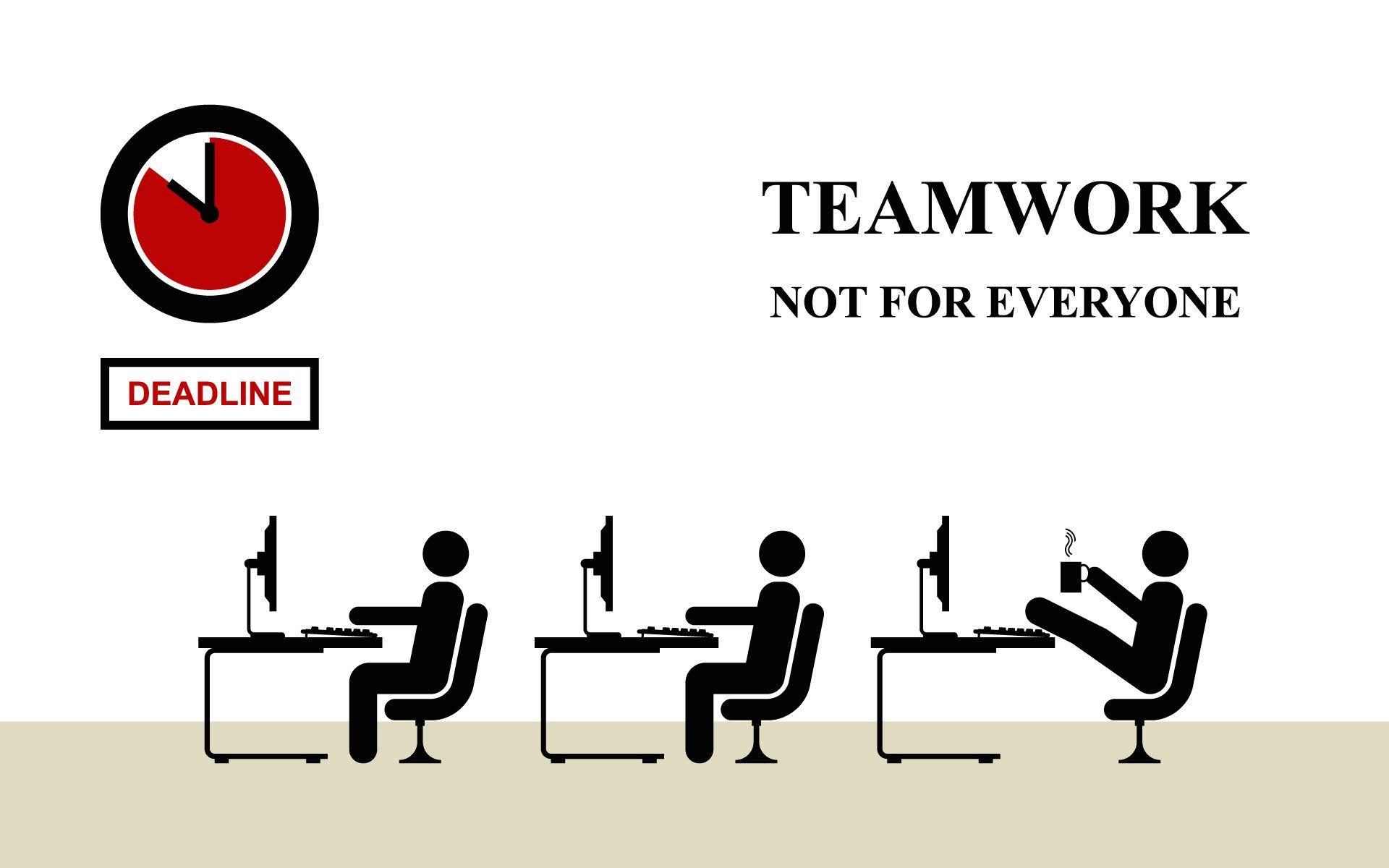Powerful ways to build amazing teams (1 of 5)

team building: the action or process of causing a group of people to work together effectively as a team, especially by means of activities and events designed to increase motivation and promote cooperation.
from Oxford Languages
I get a lot of questions about team-building. I get these questions in classes as well as when I’m coaching with teams or individuals. Often the question is posed as “I’ve got a team member that is a problem, how do I get everyone working together?” I’ve gotten the question so often that I decided it was time to create a few blog entries on this topic.
This #AgileDailyDose video gives one of my favorite exercises.
I’ve used the bucket list exercise with dozens of teams, and the reaction is always significant for each of the participants. The things team members learn about their teammates stick with them for a lifetime. People tend to expose who they really are when talking about their bucket list. Creating emotional connections helps teams by allowing each person to see the rest of the group as people rather than cogs in a machine.
Tapping into each person’s humanity allows a team to go beyond normal working relationships in a safe and inspiring way. When we know someone’s bucket list, it helps us to understand their motivation. Seeing positive motivation tends to instill a spirit of seeing everything through a lens of positive intent from everyone. If everyone is positively motivated, then saying “that person just doesn’t care” is no longer an option. Instead, we need to be saying, “what strange thing happened to cause that because that person was trying their best.”
 I’d rather be looking from a positive perspective than a negative one! A positive outlook becomes particularly useful when a team is up against a deadline. Help your team learn more about each other as people, and that will translate to better overall team performance. “Individuals and Interactions over processes and tools” is not just one of the Agile Manifesto values; it is also one of the keys to team-building.
I’d rather be looking from a positive perspective than a negative one! A positive outlook becomes particularly useful when a team is up against a deadline. Help your team learn more about each other as people, and that will translate to better overall team performance. “Individuals and Interactions over processes and tools” is not just one of the Agile Manifesto values; it is also one of the keys to team-building.
Click here to read part two of this series.





Responses